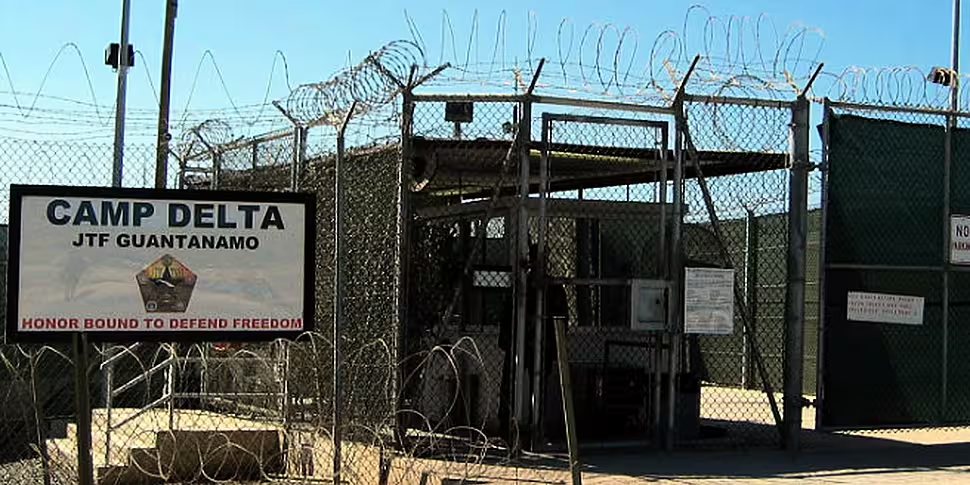The CIA wrongly claimed torture and 'enhanced interrogation techniques' had been crucial claims in preventing terror attacks. A US Senate report has found that the agency's claims of torture's effectiveness were not in fact true, with crucial information coming through other sources.
The agency insisted that Dhiren Barot, a British citizen who planned widespread attacks for al Qaeda, was captured only because of information the CIA had obtained through "brutal" techniques - such as waterboarding and sleep deprivation.
But according to the Senate Intelligence Committee, the CIA's claims were wholly inaccurate - and were part of an attempt to justify the use of torture following the September 11 attacks.
Instead, the Senate report concluded that the identification and detainment of Barot was "attributable to the efforts of UK law enforcement" and had nothing to do with the CIA's interrogations.
Other UK-based examples of how CIA torture had "saved lives" included the arrest of Saajid Badat, who was planning to blow up a transatlantic flight with a bomb hidden in his shoe.
The CIA additionally testified that its "enhanced interrogation techniques" - known as EITs - helped disrupt Khalid Sheikh Mohammed, a mastermind of 9/11 who was plotting to attack Heathrow Airport and Canary Wharf.
However, the committee said the CIA was also wrong to claim it had helped stop Badat and Mohammed through the intelligence gathered in EITs, as information of their planned terror attacks emerged through other channels.
The revelations come from a report by the Senate Intelligence Committee, which found that CIA personnel "decided to initiate a programme of indefinite secret detention and the use of brutal interrogation techniques in violation of US law, treaty obligations, and our values".
In an interview with Telemundo, President Obama said lessons need to be learned:









